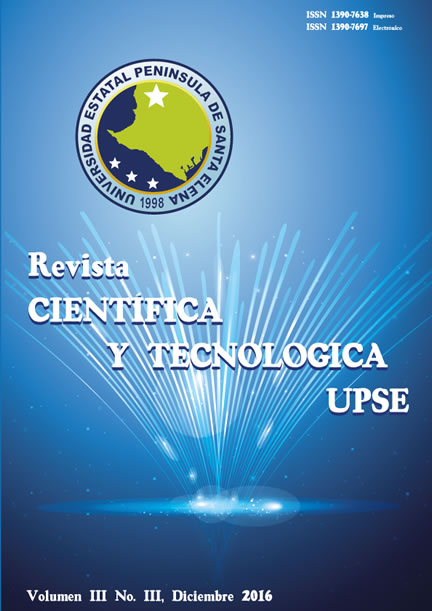Análisis comparativo técnico - económico de producción de crudos pesados en pozos horizontales y direccionales, arena “m-1” formación napo, bloque 16, oriente ecuatoriano
DOI:
https://doi.org/10.26423/rctu.v3i3.208Palabras clave:
Petróleo, Pozos horizontales, Pozos direccionales, Reservas, PerforaciónResumen
Los tipos de perforación ejecutados en el campo Amo son: perforación vertical, direccional y horizontal. El objetivo de este trabajo es analizar qué tipo de perforación conviene hacer en el campo Amo. La selección del pozo a perforar, es mediante un análisis comparativo técnico-económico entre un pozo horizontal y un pozo direccional. Para este análisis es necesario disponer de la información técnica de los pozos seleccionados que se obtuvo a través de la operadora del Bloque 16. La formación Napo (arenisca M-1) son areniscas delgadas permeables. La completación de cada pozo está diseñada para extraer grandes cantidades de fluidos; la parte más elemental de este trabajo se basa en la comparación técnico-económica de los dos pozos seleccionados. En la evaluación técnica, se puede decir que el pozo horizontal Tigre 1, tiene una mayor producción de petróleo y agua, lo cual tiene un mejor rendimiento de ganancias. Finalmente, la perforación de los pozos, horizontal como direccional, ayuda a disminuir considerablemente la deforestación. Se concluye que la perforación de un pozo horizontal, comparado con un direccional, es más conveniente tanto técnica como económicamente, para los intereses de la empresa operadora de un campo.
Descargas
Referencias
Maxus Ecuador, 1980; Estudiode Incorporación del Campo Amo.
YPF Ecuador, realizado el 18 y 19 de septiembre de 1997, Estudio de Simulación de Reservorio.
Alexis Martínez, Rocío Iñiga, 2009; Métodos de optimización de la producción-Facultad deIngeniería en Ciencias de la Tierra, Escuela Superior Politécnica del Litoral.
Leland T. Blank, Anthony J. Tarqui, Ingeniería Económica (Tercera Edición; México, Mc Graw-Hill, 1992)
Descargas
Publicado
Número
Sección
Licencia
El titular de los derechos de autor de la obra, otorga derechos de uso a los lectores mediante la licencia Creative Commons Atribución-NoComercial-CompartirIgual 4.0 Internacional. Esto permite el acceso gratuito inmediato a la obra y permite a cualquier usuario leer, descargar, copiar, distribuir, imprimir, buscar o vincular a los textos completos de los artículos, rastrearlos para su indexación, pasarlos como datos al software o usarlos para cualquier otro propósito legal.
Cuando la obra es aprobada y aceptada para su publicación, los autores conservan los derechos de autor sin restricciones, cediendo únicamente los derechos de reproducción, distribución para su explotación en formato de papel, así como en cualquier otro soporte magnético, óptico y digital.












